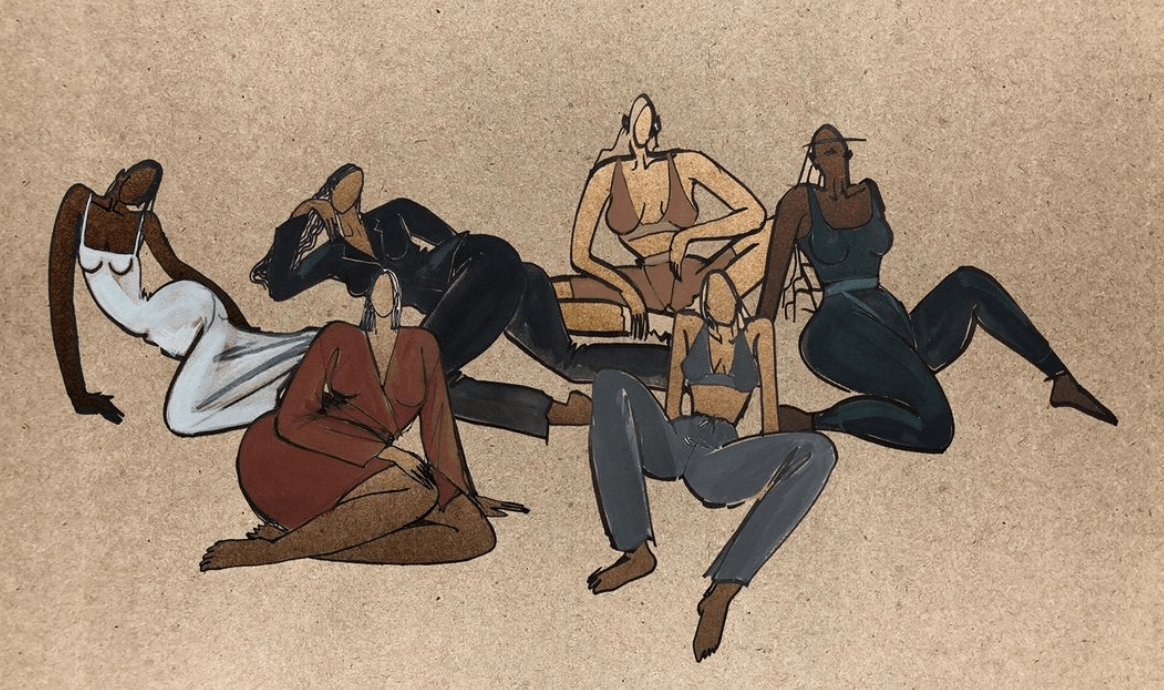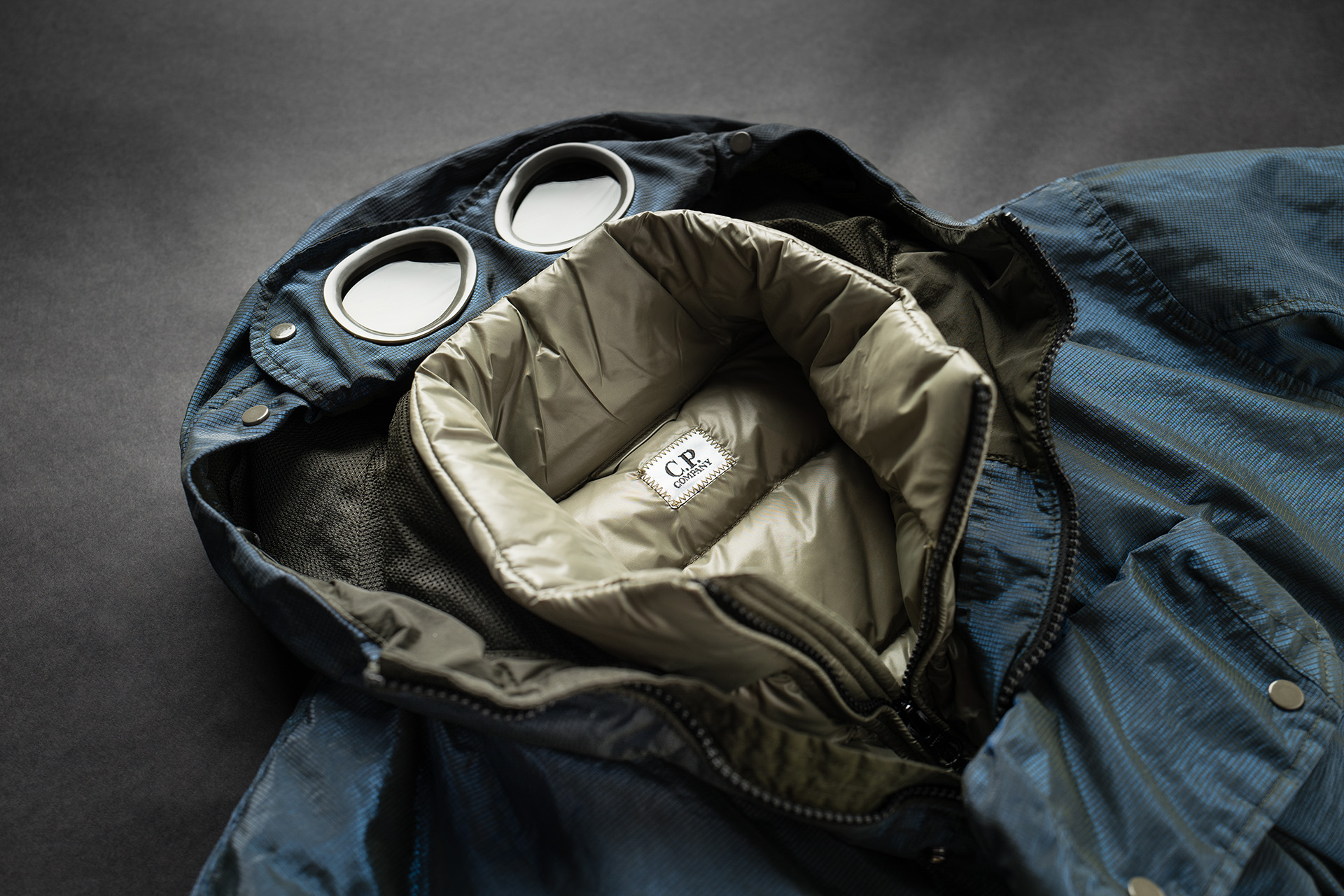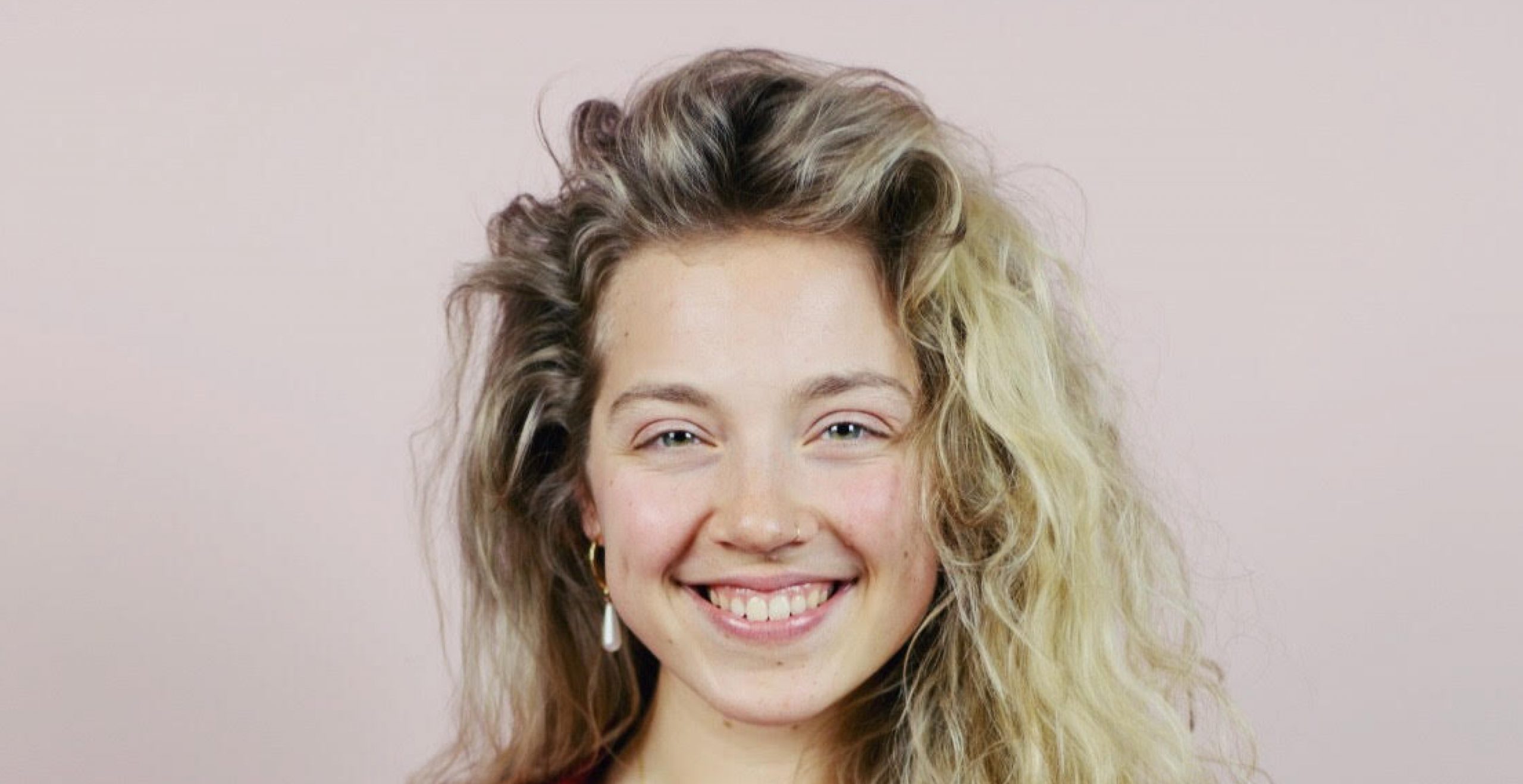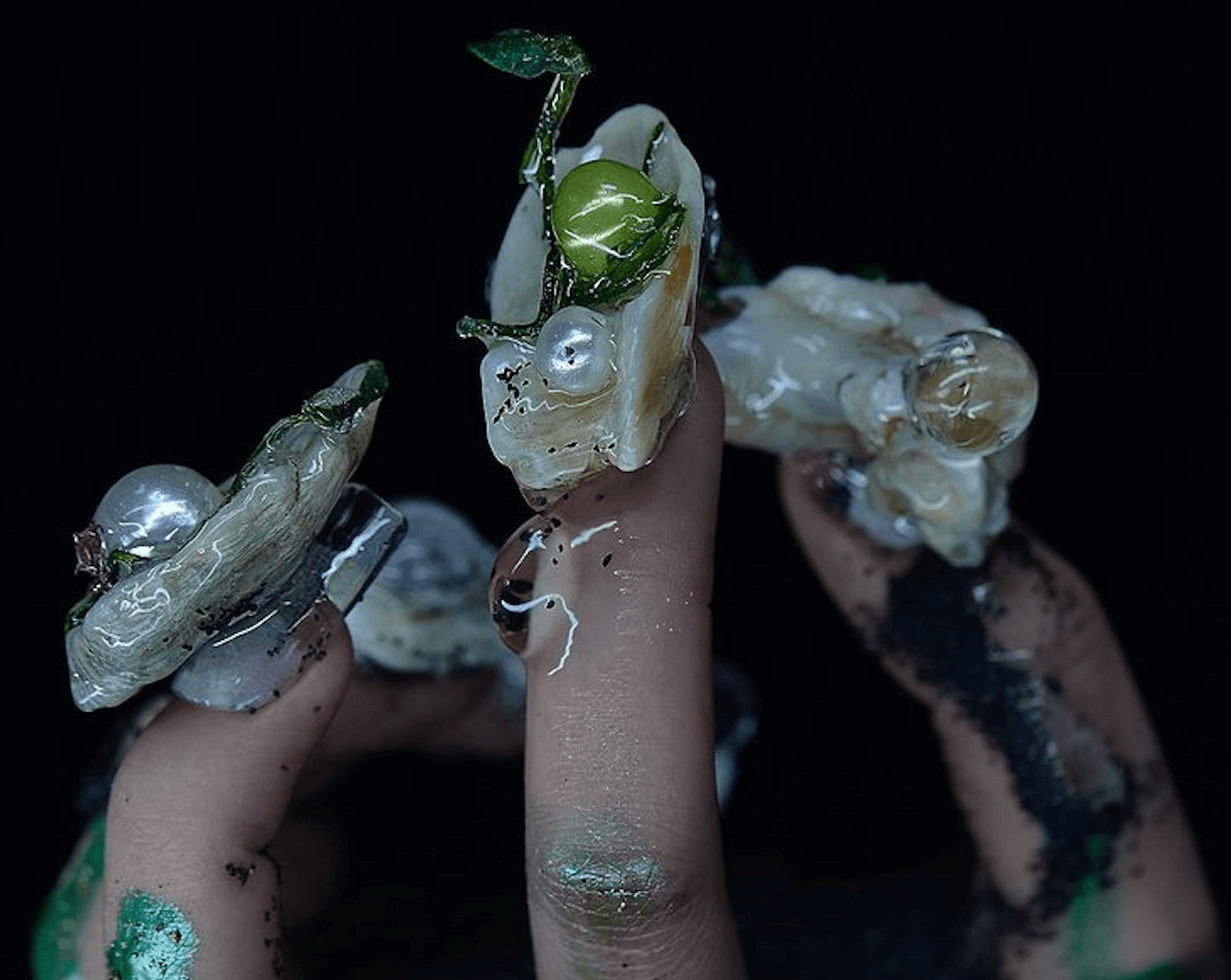In case you’re unfamiliar, SKIMS is Kim Kardashian’s underwear and shape wear brand, established in 2018. It claims to offer a new, solution-focused approach to shape-enhancing undergarments. In this article, we’ll contemplate the role of body measurements and physics in our daily lives, prompted by SKIMS’ recent launch of two new collections: backless shape wear and the boyfriend line.
Personal Experiences and Body Positivity:
As a plus-size model, I’ve frequently been asked to wear shape wear during photoshoots. Initially, I didn’t mind, but I began questioning why I had to hide parts of my body when we’re aiming for body positivity. Have you ever spent a whole day in a second skin-tight, high-waisted slip? It’s uncomfortable and restrictive, making simple tasks like eating a challenge. This led me to consider how other women handle shape wear and its historical significance.
Historical Perspective on Shape Wear:
While I haven’t personally worn SKIMS, historical evidence suggests that women’s comfort has never been a priority when it comes to shape wear. Throughout history, women have strived to “suck in,” “push up,” and hide their bodies. Ancient Crete depicted one of the earliest shape wear trends, with women wearing corsets to emphasize their breasts, hips, and waists. From there, numerous shape wear trends developed, reflecting various societal ideals.
Evolution of Shape Wear:
In Hellenic Greece, the hourglass figure was idealized, achieved through metal embellishments and girdles made of linens and leather. Conversely, ancient Romans preferred slender upper bodies and wide hips, using breast binders. The Middle Ages introduced bodices and pastes, while the Elizabethan era saw the emergence of petticoats. The Victorian era popularized corsets made of canvas and whalebones, promoting a tiny waist and voluptuous bosom.
Twentieth Century and Beyond:
In the 20th century, the ideal female body became less curvaceous and more “boyish” and thin. Shape wear, particularly girdles, became lighter, cheaper, and more accessible after the war. The 1920s and 1930s marked the beginning of modern shape wear, characterized by elasticity, tightness, and slimming effects. The 1950s reintroduced the hourglass figure, and the 1990s witnessed a resurgence of extreme thinness, accompanied by intensified elasticated fabrics.
Current Body Ideals and SKIMS’ Influence:
While body positivity and fat acceptance movements have sparked conversations about body image, unrealistic ideals persist. The Kardashians, particularly Kim, have influenced contemporary body standards, epitomizing a look with big breasts, a cinched waist, a flat, athletic tummy, and an enormous booty. Those unable to achieve this body type may turn to solutions like bum plumping shorts and waist trainers.
The Purpose of Shape Wear and Critique of SKIMS:
Although shape wear can provide a sense of satisfaction and alleviate discomfort, I believe its purpose should not be solely focused on reshaping the body. While I acknowledge SKIMS’ wide variety of nude tones and size inclusivity, it still promotes a solution-driven approach. However, I question the need to solve the problems our society creates regarding our bodies. While addressing issues like chub rub is beneficial, suggesting that our bodies should be changed is not ideal.
Toward a More Neutral Mindset: SKIMS presents a step toward change, but it falls short of the ultimate goal. We need less unrealistic ideals that demand pulling, pushing, and plumping, and instead foster a neutral mindset toward our bodies. Like shape wear
Artwork: Khrystyna Fomenko



























